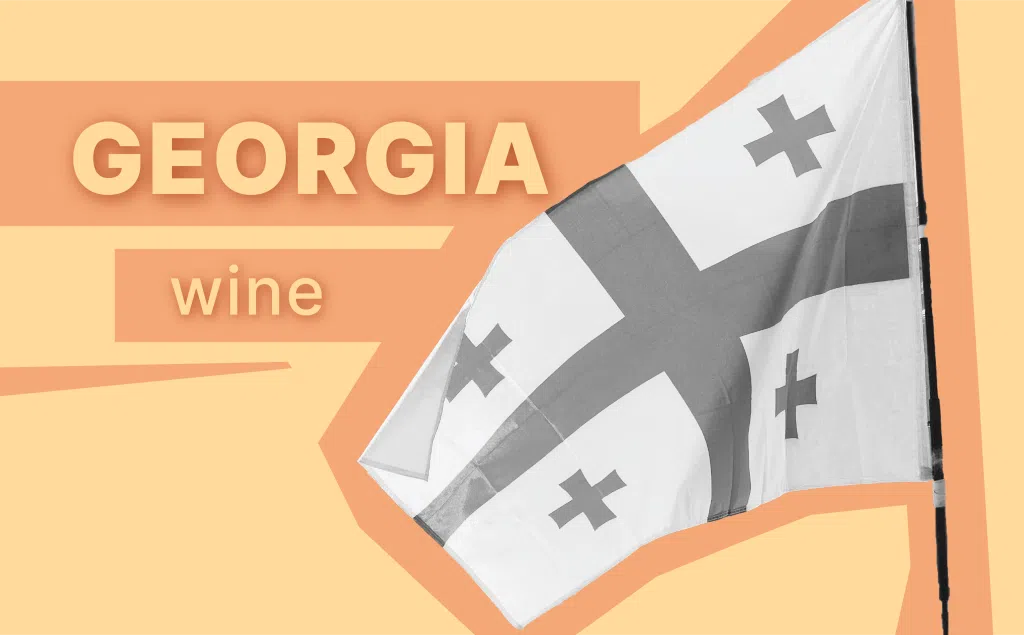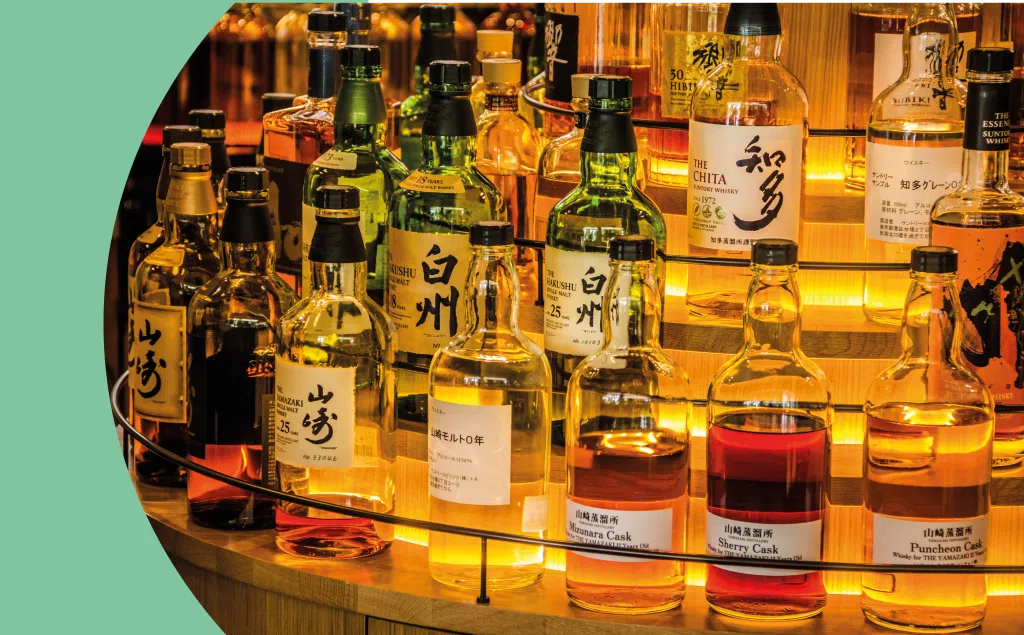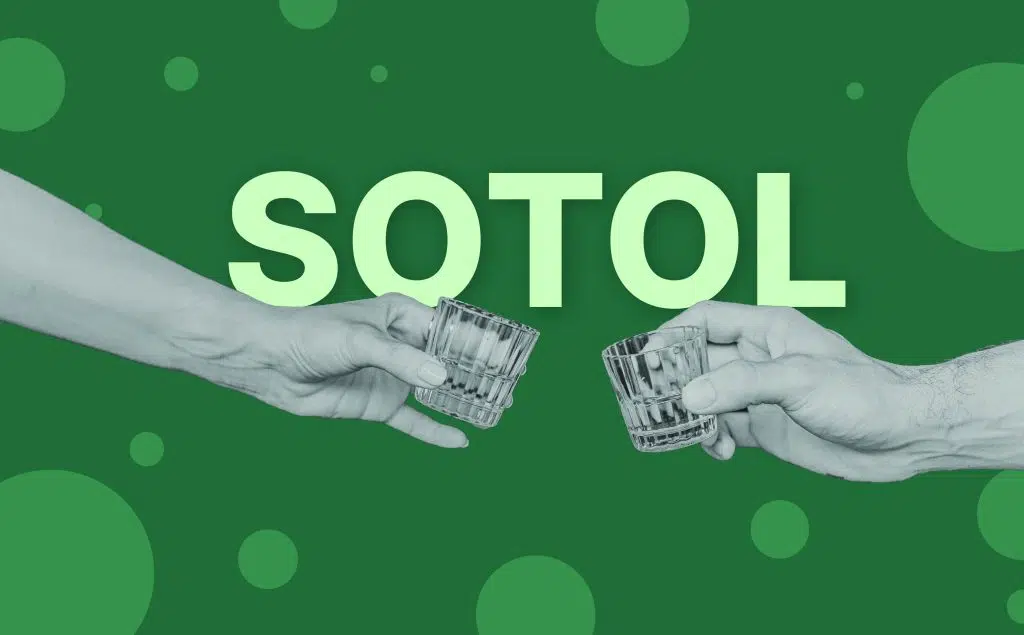Located in the mountainous depths of the South Caucasus region lies a small country with a rich winemaking history. You may not immediately associate Georgia with vineyards, but in doing so, you’d be discounting thousands of years of heritage – something deeply woven into Georgian culture.
Despite the country’s tumultuous recent past, the Georgian wine industry has recently become wine’s ‘next best thing’. Exports are up, profits are up and annual yields are up, too. For the winemakers, it’s never looked so good.
But what’s behind this boom and why are people suddenly so interested in Georgian wine?
A Rich Wine-Making Tradition
When it comes to Georgia and wine, the relationship runs deep. With its winemaking origins dating all the way back to 6000 BC, and history has traditionally referred to it as the ‘Cradle of Wine’.
Back then, winemaking was done through a ‘kvevri’ – a large clay vessel placed underground to help with fermentation. Grapes would be added to the kvevri and naturally occurring yeast would eventually turn the juice into wine. It turns out that this was an incredibly effective technique, so much so, that some Georgian winemakers, like Fabio, still use this method today. According to Fabio, wine made through this method is said to have a much smoother taste and texture.
Whilst the kvevri method only makes up around 3% of exported Georgian wine, it holds a special place in the hearts of Georgians. Unofficially, it’s become the symbol of Georgia – a reminder of their rich history and relationship with wine.
Georgian Wine Today
For such a small country, Georgia has a diverse geography and climate. Subtropical and dry microclimates are scattered all over the country, mainly due to a great northern mountain range and long western coastline. This essentially means that two villages in the same region can experience different weather at the same time.
But what does all this have to do with Georgian wine?
To find out, we talked to Fabio Bolognese – the passionate Swiss owner of Invarde Wines vineyard located in the Kakheti region of Georgia.
According to Fabio, “Georgia is home to around 500-4000 species of grape and even if one species is grown in two different regions, the variations in flavour can be considerable. This diversity is a dream for wine enthusiasts, owed to the uniqueness of the wine”.
Georgia exports more red than white wine, most notably, the Saperavi variety. Endemic to the Kakheti region, Saperavi is Georgia’s most popular wine and this semi-sweet dark-coloured red is often accompanied by notes of wild berries.
Whilst other reds like Shavkapito are also exported, nothing quite compares the popularity of the Saperavi and its growing success internationally.
Historically, Georgia has focused a lot on its red production, due to demand from the Russian market. But since the 2006 Embargo, this has changed and Georgian winemakers have put extra effort into making quality white wines, to match their reds. They produce some fantastic white wines with light, crisp floral notes, and a hint of orchard fruit.
Diversity Of Grapes
Varieties like the Rkatsiteli, Kisi and Chinuri from the Kakheti and Kartli regions are fast becoming popular abroad, thanks to this concerted effort. In fact, apart from his own Invarde wines, Fabio recommended Kisi from Okro’s Wines, located in eastern Georgia.
But what about the nose and notes? Fabio describes them as “a new experience for those familiar with European or South American wine. There’s so much variation, it’s hard to generalise the characteristics”.
He also recommends Georgia’s famous amber wines. Essentially, these are white wines made with a lot of mash during fermentation, hence the colour. As a result the taste is like nothing you’ve tried before. Heavy in tannins, it has a raw, earthy flavour, with a hint of sourness to dry the palate.
A truly unique, Georgian experience.
Explaining The Wine (Re)evolution
Thanks to the occupation of 1921, Soviet agricultural policy had long forced Georgian winemakers to prioritise quantity over quality, and long after the disolution of the Soviet Union, the country continued to rely on the Russian consumer.
Fast forward to 2006 and Russia imposed an embargo on Georgian wine, which forced winemakers to reconsider their production and explore other markets. They began to focus on quality rather than quantity, producing good-tasting wine for new global customers.
With such a variety of grapes on offer and vineyards dotted all over the country, the wine has become particularly popular with wine enthusiasts, who take ‘wine tours’ across the country from west to east.
And as Georgia opens itself up more to tourism, so does it open its wine industry to the rest of the world!
Things have never looked so positive, and from 2009-2021, Georgia managed to exponentially increase its wine exports by $205 million.
A combination of history, politics and the winemakers themselves, has led to a complete turn around in the industry. Georgia is proudly shouting about the wine they have to offer.
Looking To The Future
So, the future looks bright for Georgian wine with record sales and yields. Plus, there’s a real sense that it is establishing itself as a force to be reckoned with in the global wine market.
However, there are still some challenges…
Whilst Georgia continues to focus on the quality of its wine, it’s unlikely that it can compete, quantity-wise, with other European giants like Italy, France and Spain.
Asked what he sees for the future of the industry, Fabio is adamant that the upward trend will continue:
“I believe that Georgian wine will remain a niche product, one that’s successful and in high demand. In the future, hopefully, we can fully establish ourselves as a high-quality wine producing nation”
We recommend you become a part of the boom yourselves, and try some of Fabio’s fantastic organic Georgian wines. Pick up a bottle at invardewines.com










